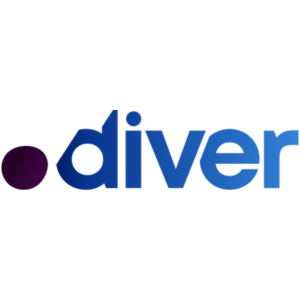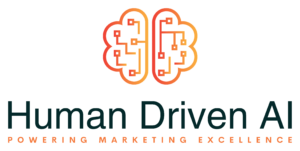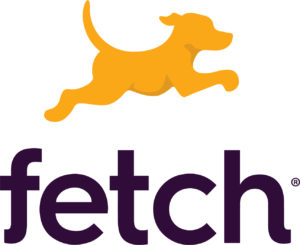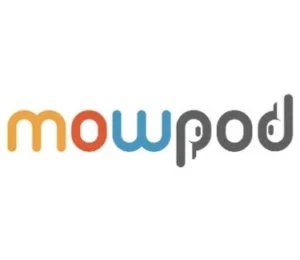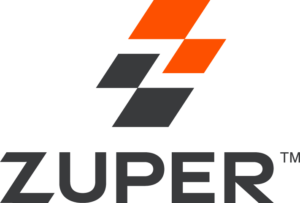How to unify your data for activation — Tom Treanor // Treasure Data
Tom Treanor
Treasure Data

- Part 1Data driven marketing mindset — Tom Treanor // Treasure Data
- Part 2Best practicse for collecting data — Tom Treanor // Treasure Data
- Part 3 How to unify your data for activation — Tom Treanor // Treasure Data
- Part 4Making your data actionable without being overwhelming — Tom Treanor // Treasure Data
- Part 5Tools, platform, and resource optimizing your data’s impact — Tom Treanor // Treasure Data
Show Notes
Quotes
-
“There are a few things that make the CDP different from a run off the mill database. One of those and this is helping the idea of unification for activation, you need to get the data adjusted into the CDP.” -Tom “A CDP, like the one that we provide, has a pre-built connector to a lot of the common tools. We have over 150 different connectors that are out of the box and easy to implement, so that gets the data in quickly.” -Tom “Within the CDP itself, in order to make the data meaningful, one is you need to cleanse it. That’s a process that will happen after you get the data and adjust the data. Next, you have to unify.” -Tom“Thereare a couple of main ways that the CDP uses. One is called deterministic and one is called probabilistic.” -Tom “Deterministic means there are two pieces of data that show a customer record. They can determine with 99 to 100% that these are the same people. In other words, there is one piece of data that says, the phone number and email are the same and there may be other things that seem like off but we have determined that that is the same person.” -Tom“Probabilistic is where you see a lot of indicators that show that it is probably the same person but nothing is deterministic about it, so nothing is matching exactly but you have a lot of clues. That can be dialed up or down depending on how important it is that you get the right match.” -Tom“The whole point of this exercise is to get the data unified. We found some companies, for example, has 80 million records and by unifying, they will be reduced to, let’s say 60 million and that actually cuts their marketing expenses greatly. It is an efficiency play and basically they can use that data now to do more innovative campaigns.” -Tom “As part of that data cleansing and unification, we can set rules whereby the data is pulled in and cleansed but also the data can be unified based on rules that wehave discovered that are based on the nuances of your own data.” -Tom “Your different data sources may have different aspects that we learn about, as we work with you to do that unification then we can codify how that unification happens.” -Tom“Once you have your data unified, you have a lot of different ways that you can make that data valuable for you and work for you. One is campaign effectiveness. To generate new prospects and new leads you can basically use that data for doing lookalike campaigns, programmatic marketing, or social advertising. You can do email campaigns, more personalization websites, grow your product engagement, and understand how your customers are actually using your product.” -Tom “What sticks to me is what you said at the beginning where the process of unification is to make sure that the inputs that you are getting are actually going to be clean so what is actually coming out at the other end is a rich and valuable experience.” -Ben “At the end of the day when you are getting unorganized, unclean data from multiple different sources, you need to go through a process of aggregating it, of cleansing it and making sure that you are not reaching the same person multiple times before you start your marketing campaigns.To me, that is really the value of the CDP.” -Ben
- Part 1Data driven marketing mindset — Tom Treanor // Treasure Data
- Part 2Best practicse for collecting data — Tom Treanor // Treasure Data
- Part 3 How to unify your data for activation — Tom Treanor // Treasure Data
- Part 4Making your data actionable without being overwhelming — Tom Treanor // Treasure Data
- Part 5Tools, platform, and resource optimizing your data’s impact — Tom Treanor // Treasure Data
Up Next:
-
Part 1Data driven marketing mindset — Tom Treanor // Treasure Data
This week we're going to talk about the mindset, tools, and best practices behind using your data to guide you to marketing success. Joining us is Tom Treanor, the Global Head of Marketing at Arm Treasure Data, which is a global leader in enterprise data management, providing the ability to aggregate and translate massive volumes of scattered and siloed data. In part 1 of our conversation, we are going to discuss the mindset for being a data-driven marketer.
Play Podcast -
Part 2Best practicse for collecting data — Tom Treanor // Treasure Data
This week we're going to talk about the mindset, tools, and best practices behind using your data to guide you to marketing success. Joining us is Tom Treanor, the Global Head of Marketing at Arm Treasure Data. In part 2 of our conversation, we're going to talk about some of the best practices for collecting data.
Play Podcast -
Part 3How to unify your data for activation — Tom Treanor // Treasure Data
This week we're going to talk about the mindset, tools, and best practices behind using your data to guide you to marketing success. Joining us is Tom Treanor, the Global Head of Marketing at Arm Treasure Data. In part 3 of our conversation, we are going to discuss how to unify your data for activation.
-
Part 4Making your data actionable without being overwhelming — Tom Treanor // Treasure Data
This week we're going to talk about the mindset, tools, and best practices behind using your data to guide you to marketing success. Joining us is Tom Treanor, the Global Head of Marketing at Arm Treasure Data. In part 4 of our conversation, we're going to talk about the various ways to make your data actionable without getting overwhelmed.
Play Podcast -
Part 5Tools, platform, and resource optimizing your data’s impact — Tom Treanor // Treasure Data
This week we're going to talk about the mindset, tools, and best practices behind using your data to guide you to marketing success. Joining us is Tom Treanor, the Global Head of Marketing at Arm Treasure Data. In last part of our conversation, we're going to talk about some of the tools, platforms, and resources you can use to optimize your data's impact.
Play Podcast




